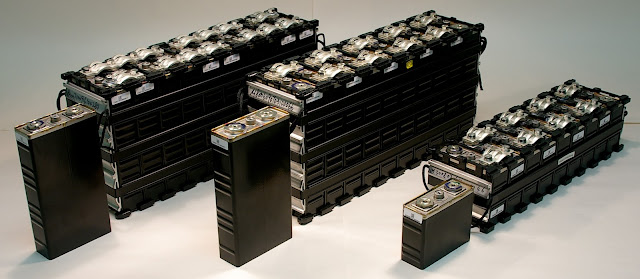Lithium Ion Batteries Are Rechargeable Batteries Widely Used In Variety of Devices Including Mobile Phones, Computers and Flashlights
Using
lithium batteries has become a staple for a variety of devices. They are used
to power calculators, digital cameras, pacemakers, and solar power storage.
They are also used for emergency backup power. Lithium ion batteries are also
used in cell phones and flashlights. The batteries contain a metal outer case
and an electrode. They also contain a separator sheet, which keeps the
electrodes from touching each other. If the separator is punctured, it can
cause the electrodes to touch, causing the battery to overheat.
The
Global
Lithium-ion Battery Market is estimated to be valued at US$ 46.5 billion in 2021 and is expected to exhibit a CAGR of 17.0% over the forecast period
(2021-2028).
Lithium
ion batteries are highly sensitive to high
temperatures. They can burst into flames and occasionally short circuit. Due to
this, it is important for manufacturers to take safety precautions. The
batteries also have a vent hole to release extra pressure if the battery gets
too hot.
A
lithium ion cell has four components: the anode, the cathode, the electrolyte,
and the separator. The anode is made from graphite, while the cathode is made
from LiCoO2. Moreover, a separator sheet is used to separate the electrodes and
to prevent them from touching. The separator is made from polyethylene or
polypropylene.
During
the charging phase, lithium ions move from the positive electrode to the
negative electrode. They then move back to the cathode electrode. As they do
so, they attach to carbon. They also contribute to nitrogen atoms in amine
groups. This process forms lithium hydroxide, which reacts with water to form
hydrogen gas. Lithium hydroxide is then used to generate electricity. Lithium
ions are responsible for about 13,901 coulombs of energy per gram. They are
also very reactive.
To
minimize the loss of energy and performance during charging and discharging,
manufacturers use a positive temperature coefficient switch to control the
internal temperature of the battery. The switch is positioned near the negative
electrode. If the battery gets too hot, the switch will automatically release
extra pressure to prevent a fire. In August 2022, Honda and LG Energy Solutions
announced plans to build lithium-ion plant in the U.S,




Comments
Post a Comment